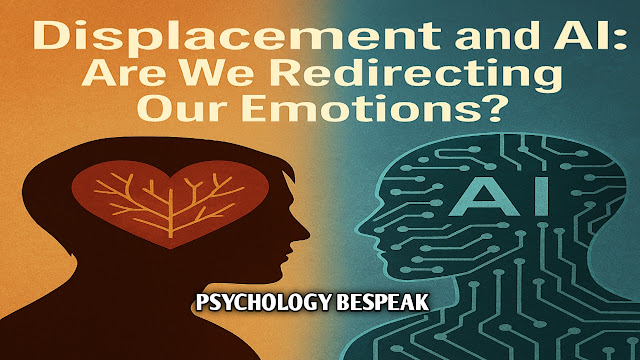Guru Purab and the Psychology of Presence

🌅 Guru Purab and the Psychology of Presence On November 5, 2025, we celebrate Guru Purab—the birth anniversary of Guru Nanak Dev Ji, the founder of Sikhism and a beacon of truth, equality, and devotion. Born in 1469 in Nankana Sahib (now in Pakistan), Guru Nanak Dev Ji’s teachings continue to guide millions across the world. Founder of Sikhism and the first of the ten Sikh Gurus, His message was simple yet profound: There is one God, and all humans are equal. He taught us to remember God’s name ( Naam Japna ), live honestly ( Kirat Karni ), and share with others ( Vand Chakna ). These principles form the heart of Sikh life. On this sacred day, we companion the teachings of Guru Nanak Dev Ji —not as distant doctrine, but as living rhythm—not to perform, but to presence. The teachings of Guru Nanak Dev Ji offer more than spiritual guidance; they invite psychological attunement. Psychological Effects of Guru Nanak Dev Ji’s teachings: 🕊 ️ Naam Jap...






